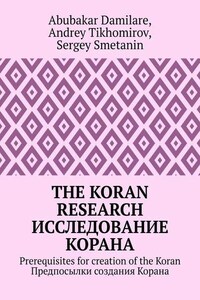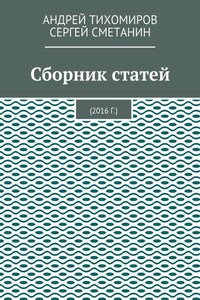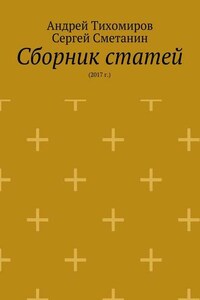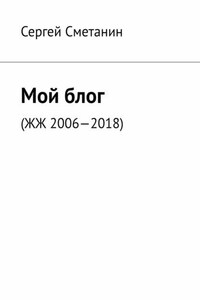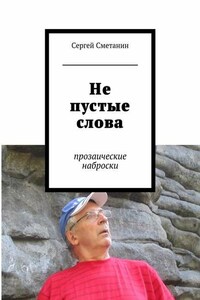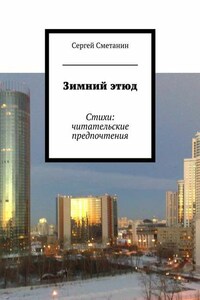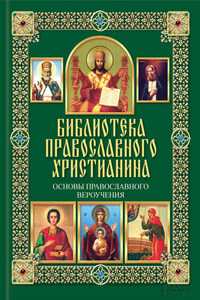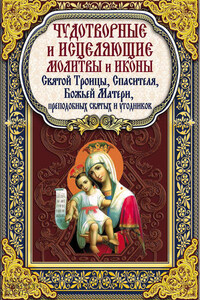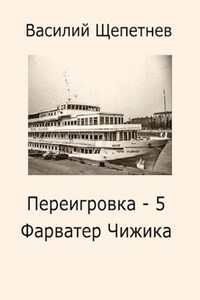The Qur’an of Argun Shah. Egypt. 1368—1388.
In the artistic treasury of mankind, one of the most important places belongs to the medieval art of peoples inhabiting now large areas of Asia and Africa from the shores of the Atlantic Ocean to Indonesia and from the Mediterranean to the upper Nile. The main focus of the formation of this art were the countries of the Near and Middle East, North Africa and Southern Spain at the time when a huge feudal state, the Caliphate, was formed on their territory. It was created by the Arabs who inhabited the Arabian Peninsula.
The culture of settled and nomadic tribes of Arabia is known since ancient times. In the south, in the fertile Yemen, and in the western part of the peninsula (the Hijaz region), as early as the 1st millennium BC, there were rich kingdoms. Their prosperity, as well as the emergence of large-scale Arab cities, was determined by a favorable economic situation on the world caravan routes and extensive mediation trade with Egypt, Asia and India. Especially the people of the city of Hijaz became rich – the agricultural Medina and the commercial Mecca.
The main population of Central and Northern Arabia was cattle breeding nomadic tribes. They were called Bedouins – «people of nomadic life.» In search of pastures and water sources, Bedouins with herds of camels roamed the boundless arid steppes and semi-deserts of Arabia, crossed by dry riverbeds. The tent served as tents or tents, in which lived individual families. Each tribe believed in his patron god, performing sacrifices to his rough stone idol. Arabs deified the forces of nature, heavenly bodies, stones, trees, streams.
The general Arabian sanctuary was the Kaaba (literally: the cube) in Mecca.
The Arabian nomads created beautiful verse-songs, usually performed under musical accompaniment. The storytellers memorized the verses by heart. In Bedouin oral poetry, in vivid images, that which surrounded man was glorified – severe nature, people, animals. Poetry, characterized by simplicity, vitality, sincere feeling, were real works of poetic art. Moreover, the ability to write poetry was valued by Bedouins no less than military valor.
